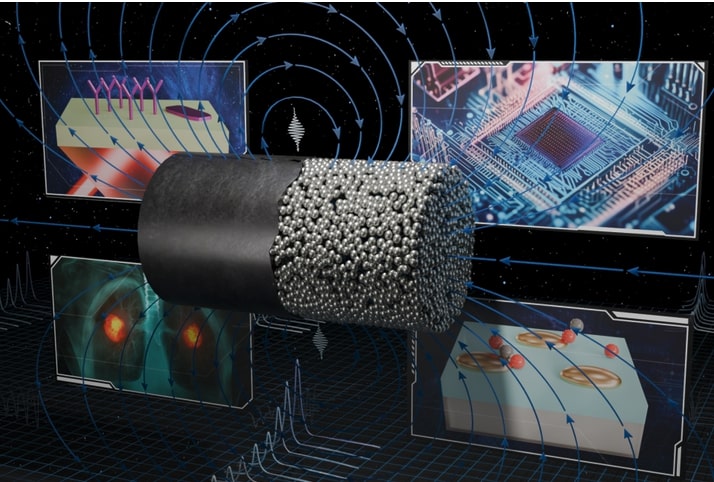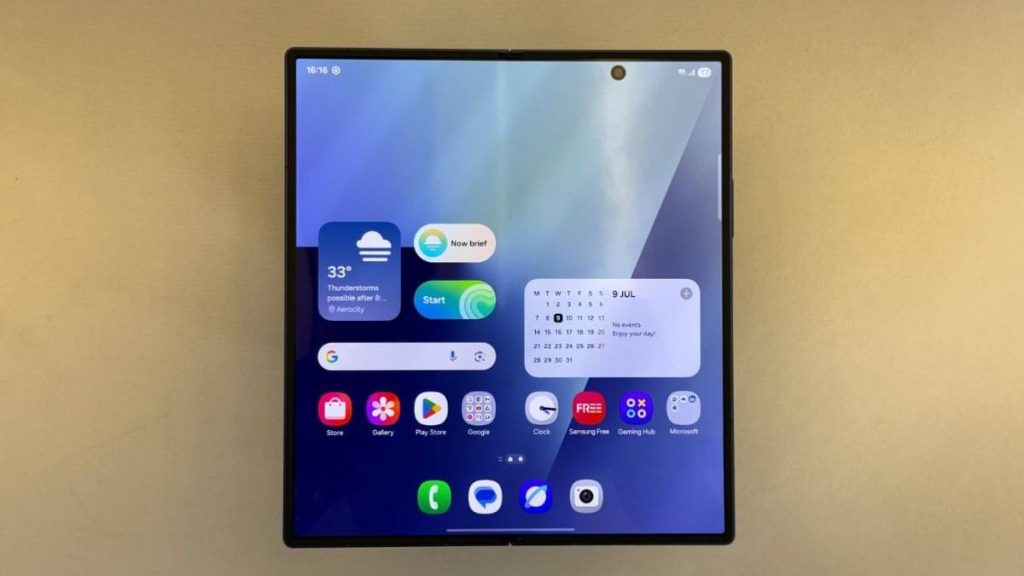Now Reading: Real-Time Simulation of Thousands of Electrons Achieved
-
01
Real-Time Simulation of Thousands of Electrons Achieved
Real-Time Simulation of Thousands of Electrons Achieved

Quick Summary
- Researchers at Oak Ridge national Laboratory (ORNL) and North Carolina State University (NCSU) developed a simulation capable of predicting real-time electron movement in materials using advanced quantum methods and the Frontier supercomputer.
- The system uses real-time Time-dependent Density Functional Theory (RT-TDDFT) implemented within the open-source Real-space Multigrid (RMG) platform, modeling systems with up to 24,000 electrons.
- Achievements include insights into ultrafast electron dynamics that are crucial for nanoscale material technologies, enabling advances in photovoltaic cells, quantum information devices, and spintronics.
- RT-TDDFT tracks electron density response to external stimuli like electric/electromagnetic fields.It provides predictions on material behaviour at quantum scales for designing customized optical, electronic, and magnetic properties.
- Professor Jerry Bernholc from NCSU emphasized the potential of this methodology to guide experimental breakthroughs across various technology sectors.
indian Opinion Analysis
the research collaboration between ORNL and NCSU marks a notable milestone in quantum simulation technology with implications for India’s growth in advanced materials science. As India seeks to strengthen its footprint in cutting-edge technologies such as nanotechnology and quantum computing-for energy efficiency or high-performance electronics-this achievement underscores the importance of international technological benchmarks. By leveraging similar open-source tools like RMG code or fostering collaborations on exascale computing platforms, Indian researchers could accelerate progress across sectors ranging from renewable energy devices to clever computing systems.
Moreover, simulations predicting real-time electron dynamics hold promise for optimizing photovoltaic technologies-a sector critical for India’s push toward renewable energy adoption under initiatives like “National Solar Mission.” Capitalizing on such breakthroughs requires strategic investments in supercomputing infrastructure alongside focused national research agendas aligning academic institutions with industrial goals.
Efforts like these highlight the transformative potential of harnessing computational methodologies to revolutionize materials innovation-essential as India aims towards achieving self-reliance (“Aatmanirbhar Bharat”) in emerging industries where precise modeling can radically enhance development timelines.




























